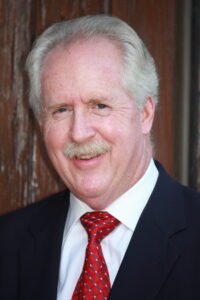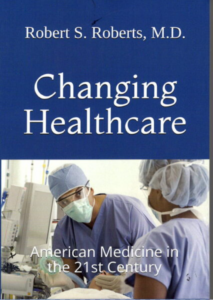Recently, I opposed former President Trump’s new IVF proposal to have the government subsidize or pay for In-vitro Fertilization (IVF). (Trump’s IVF Entitlement) While I’m not backing down from what I wrote, here is an opposing point of view.
Ira Stoll, writing in The Wall Street Journal, says current government policy is tilted against having children. Federal law requires most health insurers to cover contraception at no cost to the patient. That includes birth-control pills, long-acting methods such as intrauterine devices, and often even surgical permanent sterilization methods like tubal ligation. He says Trump’s idea would restore the federal government’s neutrality on the decision to start a family.
Right now, the government, and many private insurers, will pay for medical procedures to prevent pregnancy. But they often won’t pay for IVF, the “test-tube baby” technology that’s existed for nearly 50 years and often is necessary to enable childbirth. This double standard is a recipe for population decline. It’s a policy prescription for, in JD Vance’s memorable phrase, a nation of “childless cat ladies.”\
Stoll points out we’re heading in the wrong direction when it comes to our fertility rate as a nation. In April, the National Center for Health Statistics announced that the fertility rate in the U.S. hit a record low. The current level of roughly 1.6 births per woman is below the replacement rate needed to maintain the population, absent immigration. What does this mean to us as a nation?
Stoll tells us the costs of low birthrates—empty cities and school buildings, an insufficient working-age population to support retiring baby boomers, a military that isn’t meeting its recruitment targets—far outweigh the costs of adding IVF to insurance coverage. Fourteen states and the District of Columbia already have fertility insurance laws that cover IVF, according to Resolve, a patient advocacy organization. Internationally, covering IVF hasn’t hindered Israel’s impressive economic performance as a “startup nation.”
He advocates a more sensible accounting of Mr. Trump’s proposal would include not only the costs of the medical procedure but the benefits to society of more souls, a concept conveyed in the biblical injunction to be fruitful and multiply. Found in Genesis 1:28 and again in Genesis 9:1, it is the first commandment in the Bible and one of the few that predates the Sinai covenant.
Stoll says, “The roughly $15,000 price of an IVF procedure is nothing compared with the priceless potential of an individual human being. That new person might start a company, cure a disease, inspire students or improve the world in any number of other ways. Almost certainly, that person will pay over a lifetime far more in taxes than the cost of the IVF procedure.”
It is the high cost of IVF procedures that makes this government entitlement hard to swallow. The cost of preventive measures such as contraception pills, IUDs, and even tubal ligation are much lower and therefore more easily justified. I would argue all of these healthcare costs should be subject to insurance premiums that justify the expense. I don’t think the government should be more willing to pay for these treatments to prevent pregnancy any more than those to enhance pregnancy.
I am certainly in favor of healthcare procedures that encourage life as much as those that prevent it. But let’s get back to insurance coverage, whether private or federally funded, that covers the healthcare needs of individuals, not a one-size-fits-all approach such as we’ve been burdened with since the passage of The Affordable Care Act known as ObamaCare. Then we won’t have men with healthcare insurance that covers mammograms or women with coverage for prostate exams – or fertility treatments they may never use.



